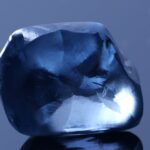
The Crazy Real-Life Story Of The World’s Largest Blue Diamond
Some diamonds are famous for their size, like the “Great Star of Africa,” found in Transvaal, South Africa, and recorded to be 530.20 carats. Others, like the Hope diamond, are thought to be afflicted with a curse that will befall all those who try to lay their claim on the diamond.
The Tereshchenko diamond’s fame comes from a little of both. Before it was cut, the Tereshchenko diamond was allegedly the largest blue diamond in the world. And although it’s never been directly attributed to a curse, some of its owners haven’t shied away from making such claims, and others certainly haven’t had the best of luck. Diamonds with color are especially coveted due to how rare they are. And while saturated colors such as greens, pinks, or blues are some of the most valuable, even a slight discoloration can affect the value of a diamond. Larger diamonds also often have a more intense color since light travels farther through it.
But some of the Tereshchenko diamond’s appeal also comes from its mysterious backstory. The diamond appears and disappears throughout history and while its trajectory can vaguely be traced, the complete story of the Tereshchenko diamond remains unknown.
Initially named after Mikhail Tershchenko, the diamond is now known as the Mouawad blue diamond after it was purchased in the summer of 1984 by billionaire businessman Robert Mouawad. This is the crazy real-life story of one of the world’s largest blue diamonds.
What makes a diamond blue?
A diamond is referred to as a “colored diamond” when it has a noticeable color. While yellow and brown are the most commonly occurring colors in natural diamonds, diamonds can be found in almost all colors. According to Quartz, color occurs when different elements get mixed in with the carbon or there are variations in its structure.
A pure diamond is colorless and made solely of carbon. But when diamonds have nitrogen mixed in, they become yellow instead. Green diamonds are thought to be formed from natural radiation and red and pink diamonds are believed to be colored by the stress of being pushed up towards the crust of the earth. Blue diamonds, like the Tereshchenko diamond, are created as a result of boron trapped in the carbon structure, while violet diamonds occur from hydrogen.
While blue diamonds are rare, with faint blues only occurring once in every 200,000 diamonds, a truly red-hued diamond is the rarest of all.
Boron produces a blue hue because of the number of its electrons. Since boron only has three electrons for bonding compared to carbon’s four, when it bonds with carbon, the carbon atom is left with an unused electron. This electron ends up absorbing red light and as a result, the light that the diamond gives off will be blueish.
It doesn’t take much boron to make it happen either. The famous 45.5-caret Hope diamond most likely only has “a few boron atoms per million of carbon.”
Blue diamonds are exceptionally rare
Diamonds with color started to be classified into two major types in the 1930s; Type I and Type II, within which there are six subsets. Type I diamonds are diamonds that contain nitrogen atoms, Type Ia diamonds contain widespread clusters of nitrogen, causing the diamond to absorb blue light and give off a pale yellow color.
According to LEIBISH, Type Ib diamonds are far rarer and comprise only about 0.1% of naturally colored diamonds. Their nitrogen atoms are singular rather than clustered, and as a result, they absorb both blue and green light and have a more intense coloring.
Type II diamonds have no nitrogen atoms and are diamonds with other elemental incorporations. They are much rarer than Type I diamonds and are often larger. Type IIa diamonds are also associated with “Golconda” diamonds, named after one of the first diamond mines in India where a majority of these types of diamonds have been found. Type II diamonds are rarer than Type I, and Type IIa diamonds represent as few as 1-2% of all diamonds.
Type IIb diamonds are diamonds with boron that give off a gray or blue color, like the Tereshchenko blue. Type IIb diamonds are exceptionally rare and represent 0.1% of all diamonds. According to the Gemological Institute of America, Type IIb diamonds have also been known to conduct electricity.
In the 21st century, laboratories were able to start growing diamonds with color on their own.
The blue diamond travels from India to Russia
Like the Hope diamond, the Tereshchenko diamond came from India. According to Famous Diamonds, both diamonds likely came from the Kollur mine in Golconda. The Kollur Mine is historically known for its production of especially colorful and large diamonds. While there’s some speculation that the Tereshchenko diamond came from the Premier Mine in South Africa, the Premier Mine has never yielded similar gems, and at the time, was a comparatively new mine. Some claim that when the Tereshchenko diamond was found it weighed roughly 150 carats, which would make it the biggest blue diamond in the world when it was found.
There are also rumors that the diamond came from the eye of an ancient Hindi sculpture and may even be cursed, also not unlike the Hope diamond. However, this claim has never been substantiated. According to The Gemmological Association of Great Britain, in the early 20th century, a number of newspapers gave the diamond a variety of origin stories. Some claim that the diamond had been in Russia since the rule of Peter the Great in the late 17th century while others insisted that the diamond had “ornamented the finger of Buddha in a Hindu Temple.”
In the 20th century, the Tereshchenko diamond made its way to its namesake, Mikhail Tereshchenko, born into a family of wealthy Ukrainian sugar industrialists. According to the Historical Dictionary of the Russian Revolution by Jonathan Davis, Tereshchenko himself owned multiple sugar factories.
The Tereshchenko family
The Ukrainian Tereshchenko family is credited as the diamond’s first “owner.” While it’s unclear exactly when Tereshchenko came into possession of the diamond, the first known appearance of the stone in his hands is in 1913, when he deposited the diamond in Paris with the Cartier jewelry store.
According to Imperial Urbanism in the Borderlands: Kyiv, 1800 – 1905 by Serhiy Bilenky, the Tereshchenkos were a Cossack family originally from Hlukhiv, Ukraine. They initially started out trading bread and lumber, but later they invested in the sugar industry.
According to the writer Jonathan Davis, it’s estimated that Tereshchenko’s wealth reached upwards of 70 million rubles. Tereshchenko has even been described as the “first Russian oligarch.”
Tereshchenko studied law at the St. Vladimir University in Kyiv and later obtained his law degree from Moscow University. Tereshchenko helped organize Red Cross Hospitals during World War I and was later elected to the War Industries Committees as a deputy chairman.
It was this work that brought him into contact with liberals like Pavel Milyukov and Alexander Guchkov, resulting in Tereshchenko’s later involvement with the conspiracy to overthrow Tsar Nicholas II. And although their plot didn’t end up coming to fruition, Leon Trotsky notes in History of the Russian Revolution that “the revolution which prevented that conspiracy was of great help to Tereshchenko.”
Mikhail Tereshchenko gets the blue diamond mounted
After Tereshchenko deposited the diamond at Cartier in 1913, he didn’t do anything with it for two years. According to Famous Diamonds, it isn’t until 1915 that Tereshchenko instructed Cartier to cut and remount the diamond onto a necklace. The necklace consisted of an additional assortment of other gems, combining 46 round, marquise, pear, and heart-shaped diamonds that ranged from 0.13 to 2.88 carats. The diamonds also ranged in color and were described as “jonquil, lemon, aquamarine, sultana-green, golden button, grey, blue, crevet, lilac, rose, old port, madeira and topaz.”
According to Mart Diamonds, the Tereshchenko diamond itself was cut into the shape of a pear and after being cut weighed roughly 43 carats, less than half its original weight. However, the diamond still retained its sparkling, fancy blue color. And after being cut, the Tereshchenko diamond became the fourth largest blue diamond in the world. To this day, Tereshchenko’s request is one of the largest orders Cartier has ever received.
After being mounted, the necklace was sent to Tereshchenko in Russia between 1915 and 1916.
The Russian Revolution and Tereshchenko's rise
The February Revolution occurred in Russia from March 8th to March 16th, 1917, though it’s called the February Revolution because at the time Russia still used the Julian calendar, during which the revolution occurred from February 23rd to March 3rd. The revolution started from a combination of protestors who were angry about ration shortages and protestors celebrating International Women’s Day. They were subsequently also joined by women and men who worked in nearby factories.
By March 2rd, a cabinet for the Provisional Government had been formed, and within two weeks Tsar Nicholas II had agreed to abdicate. According to the Historical Dictionary of the Russian Revolution, Mikhail Tereshchenko was part of the Provisional Government as the minister of finance from March to May, and as the minister of foreign affairs from May to October in the coalition government. He was even made deputy prime minister in September.
Unfortunately, neither Tereshchenko’s nor the Provisional Government’s authority would last long. After the February Revolution, the Provisional Government dealt with bureaucracy while the Petrograd Soviets had manifestable power in the railways, telegraph service, and troops. However, the Provisional Government especially drew criticism from people on both the left and the right, so it wasn’t long before their own power was usurped.
Ultimately, Vladimir Lenin’s return and galvanization of the Bolsheviks led to both the Provisional Government and Petrograd Soviets being overthrown on November 7th, 1917, commencing what would become known as the October Revolution. And when the government fell, Tereshchenko went with it.
Tereshchenko and his diamond leave Russia
After the Winter Palace was captured by the Bolsheviks on November 8th, 1917, Tereshchenko, along with other members of the Provisional Government, were arrested and imprisoned at the Peter and Paul Fortress. According to The Fall of Tsarism by Semion Lyandres, Tereshchenko and other “bourgeois ministers” were confined in the Peter and Paul Fortress for several months. Tereshchenko’s mother soon secured his release in the spring of 1918 by paying a large ransom/bail, although she was also forced to pay for the release of another former minister as well.
After his release, Tereshchenko and his mother fled via train to the Finnish border. While some accounts claim that Tereshchenko escaped from prison and fled to Norway with the blue diamond in tow, it’s a little more likely that his mother bailed him out of prison and brought him some of his favorite toys. Some also theorize that the diamond was secretly taken out of Russia in 1916, brought to safety before the Revolution even began.
Despite leaving behind a large chunk of his wealth, Tereshchenko made up for it after leaving Russia by managing banks and plantations. For many years, he divided his time between Portugal and Madagascar until retiring to Monaco in the early 1950s. However, according to a footnote in Autographs Don’t Burn by Vera Tsareva-Brauner, Tereshchenko’s love of Russian culture was never severed, and he remained a patron of Russian arts even in exile.
Mystery years of the Tereshchenko blue diamond
Whether or not Tereshchenko left Russia with the diamond or handed it off is unclear. There are some theories as to the path of the diamond, but little is known for certain. All that’s known is that after disappearing out of sight for almost 75 years, the Tereshchenko diamond suddenly reappeared at a Christie’s auction in 1984. And at that point, Tereshchenko had already been dead for almost 30 years.
According to the Gemmological Association of Great Britain, what’s known is that in the summer of 1984, the Senior International Jewelry Director at Christie’s, David Warren, got a phone call about a client who wanted to sell a blue diamond that was at least the size of a pigeon egg. It was soon apparent that this massive diamond was none other than the Tereshchenko diamond.
Days before the sale, Christie’s was contacted separately by four dealers who offered to buy the diamond directly rather than at auction, offering between three and four million Swiss francs. However, Christie’s refused. Christie’s was also contacted by a group of diamond dealers who suggested that the diamond be graded by the Gemological Institute of America. This time, Christie’s agreed and flew the diamond to New York City to be graded in the GIA laboratory and returned with its approving documents. This was done in order to more easily facilitate a sale in the Middle East or Asia because the GIA certificate was better known there.
The theory of Mademoiselle Primrose and the blue diamond
One theory about the travels of the Tereshchenko diamond goes back to Tereshchenko’s time in Paris and a woman known by her stage name, Mademoiselle Primrose. According to the Gemmological Association of Great Britain, if Tereshchenko had been in Paris in 1913 when he left the blue diamond at Cartier, it’s not unlikely that he encountered Mlle Primrose on more than one occasion.
Mlle Primrose was born Suzanne Marie Blanche Thuillier and was a French dancer who was performing in Le Théâtre des Capucines in Paris by 1911. By some accounts, in 1924, newspapers began reporting stories of a former Parisian dancer who had resided in St. Petersburg, Russia, returning to France just before the revolution along with a 43-carat blue diamond.
Some newspapers even reported that she’d been given the diamond by the Tsar himself. At one point, Le Parisien newspaper asked Thuillier directly where the diamond came from. She reportedly admitted that it hadn’t come from the Tsar since she hadn’t technically been admitted into the imperial court, but that she’d associated with someone who “occupied the highest positions.” For some, Tereshchenko is a likely contender.
Unfortunately, Thuillier reportedly had a hard time keeping it in her hands. After she brought the diamond to Nice in a secret pocket in her sealskin coat in 1916, she ended up pawning it by the end of the year. Thuiller reportedly had to pawn the Tereshchenko diamond more than once to pay for her gambling debts and extravagance.
The Tereshchenko diamond is renamed
On November 14th, 1984, the Tereshchenko diamond came up for sale at the Christie’s auction in Geneva. According to Famous Diamonds, it was 10 o’clock at night and there was excitement in the air in the brightly lit ballroom of the Hotel Richmond. The price for Lot 454 started at three million Swiss francs and within 40 seconds, the bid had already reached six and a half million Swiss francs.
The bidding continues until a call of “ten million Swiss francs” came from the back of the room, the auctioneer brought down his gavel. At that moment, the Tereshchenko diamond took on a new owner and a new name. Renamed the Mouawad Blue, it was bought by billionaire businessman and diamond dealer Robert Mouawad for a price equivalent to $4.6 million.
According to Mouawad, at the time, this was the highest price to have ever been paid for a diamond at auction. But it’s now estimated that the value of the Mouawad diamond is at least ten times greater than what Robert Mouawad initially paid for it in 1984. Per Forbes, Mouawad inherited his family’s high-end jewelry business and although he handed over management of the company to his sons in 2010, he currently owns one of the world’s largest jewelry collections, which includes some of the largest diamonds in the world.
70 thoughts on “The Crazy Real-Life Story Of The World’s Largest Blue Diamond”
Leave a Reply
You must be logged in to post a comment.
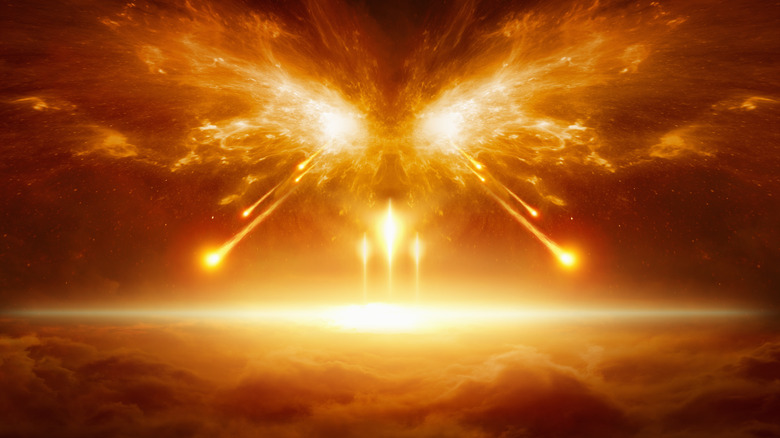
Why Some Believe The World Actually Ended In 2012
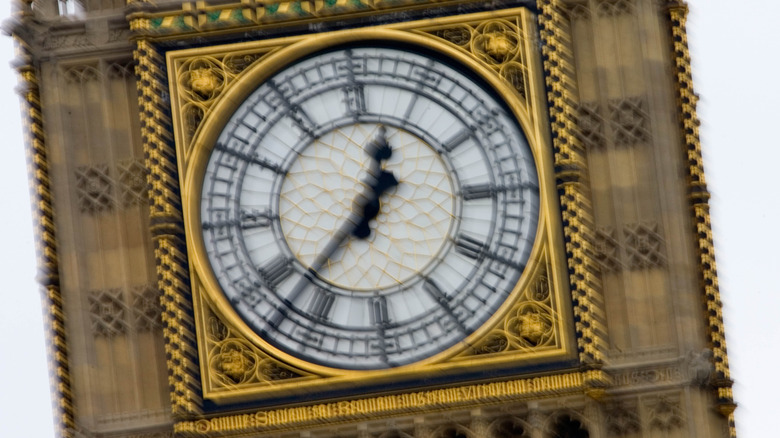
The Truth About The TikTok Account Claiming To Be From 2027

The Hidden Danger Of Bald Eagles You Never Knew About
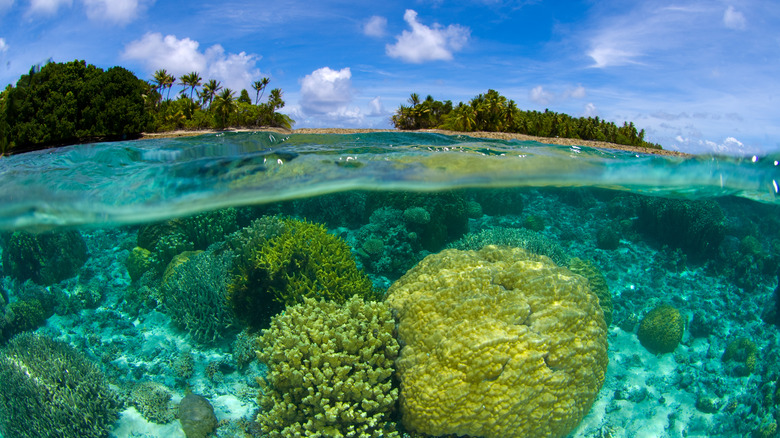
The Most Dangerous Islands On Earth
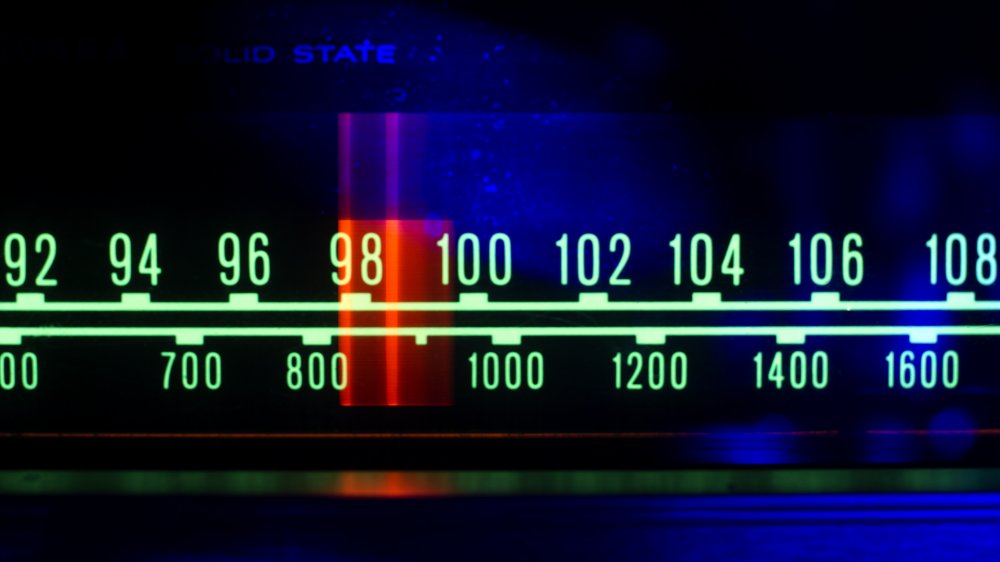
The Bizarre Mystery Behind The Numbers Stations
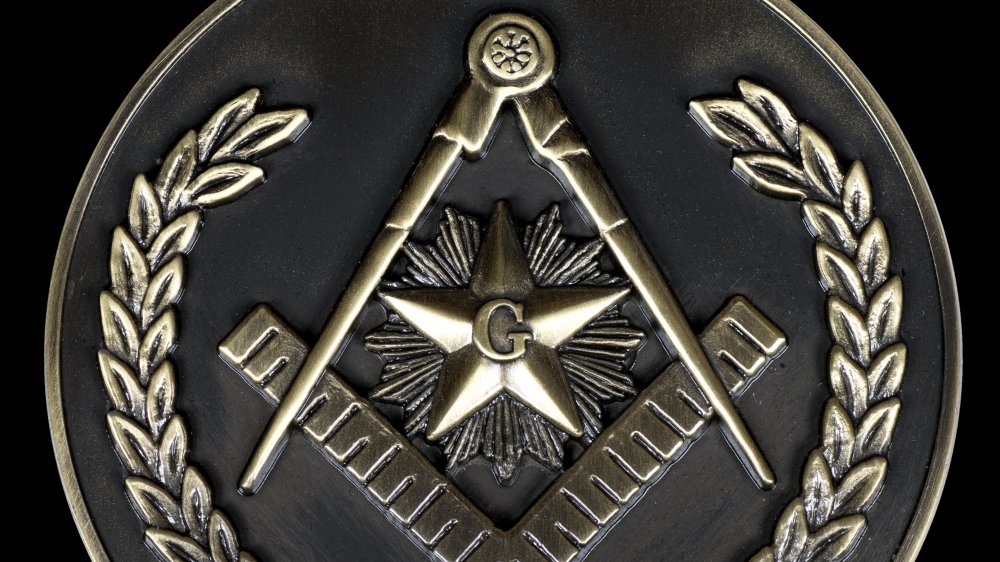
What Life Is Really Like As A Freemason
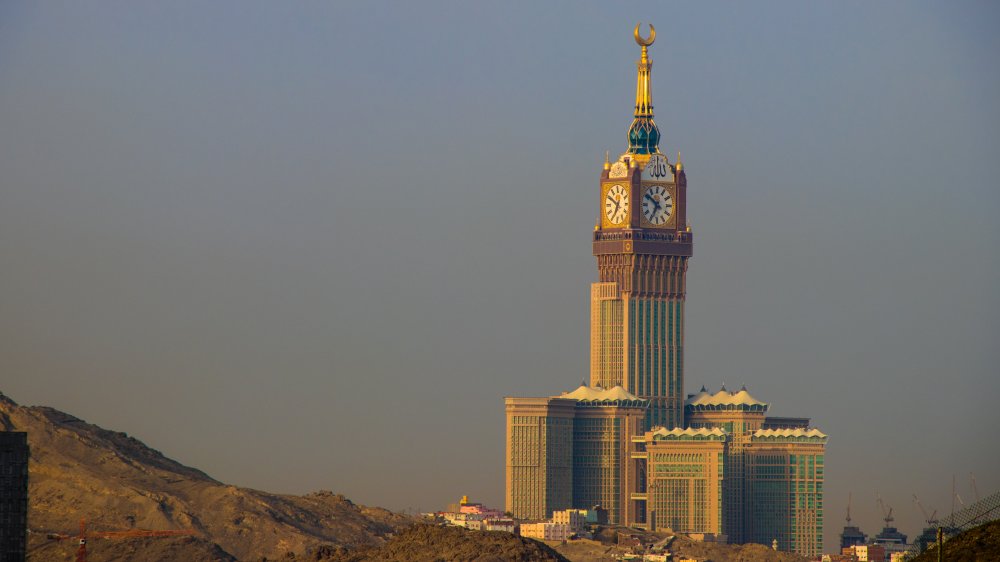
The Most Expensive Building In The World

Why Is Housing So Expensive?
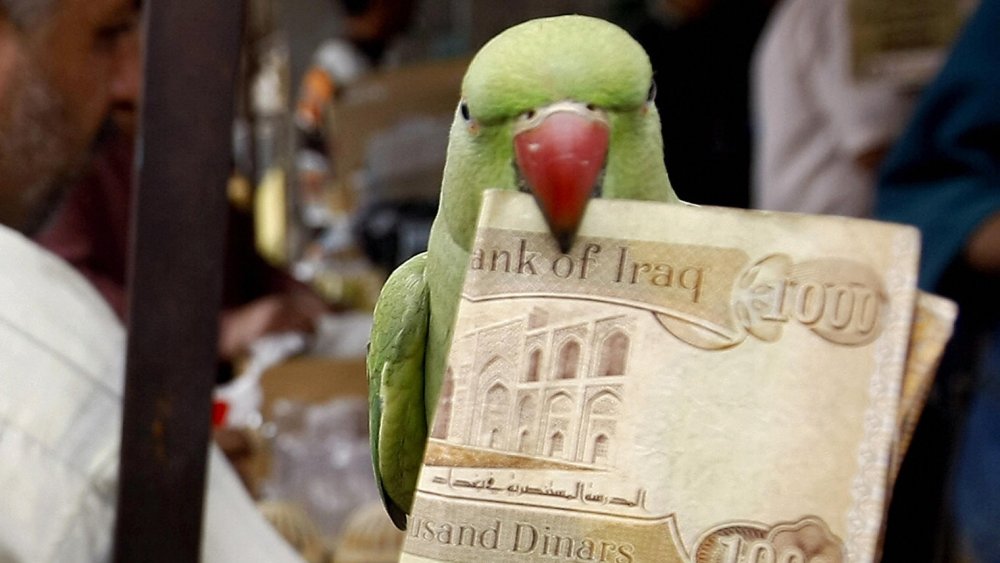
The Most Expensive Bird In The World
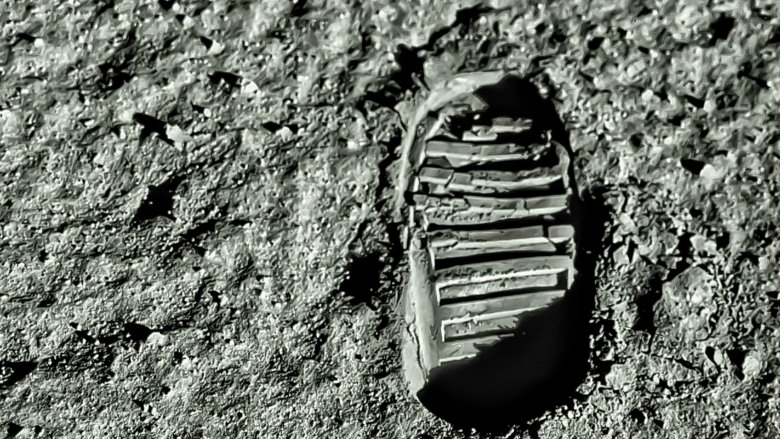
Who Owns The Moon?
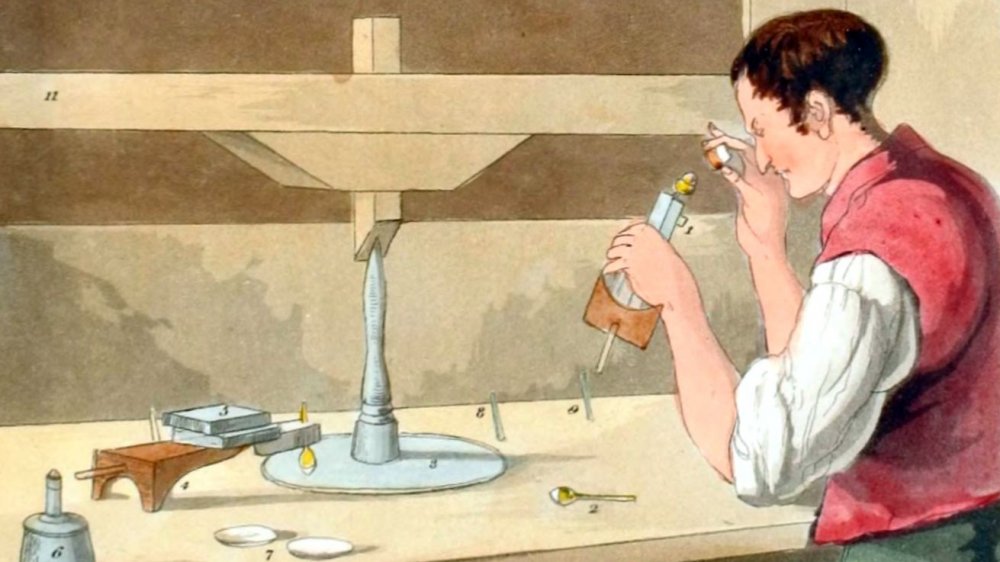
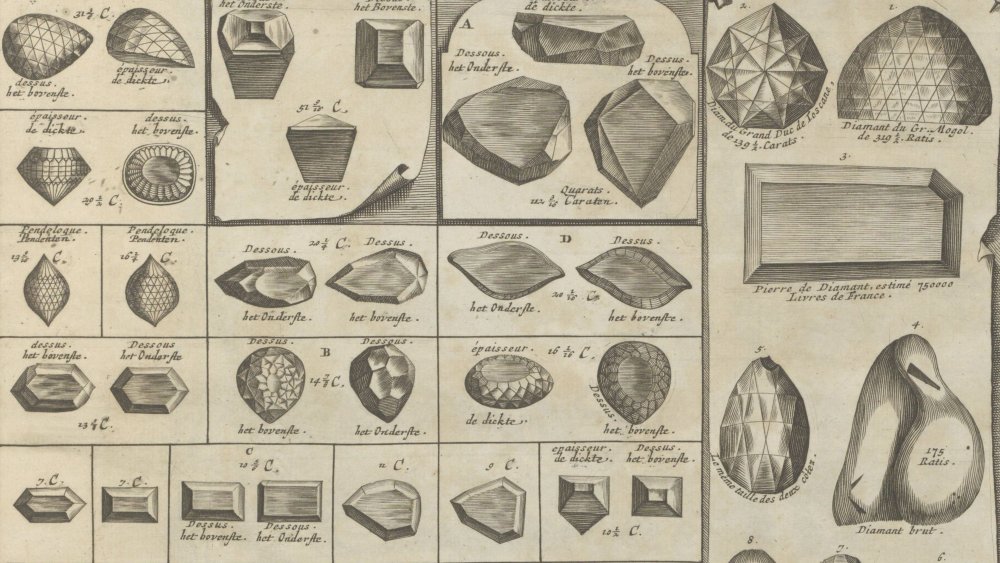
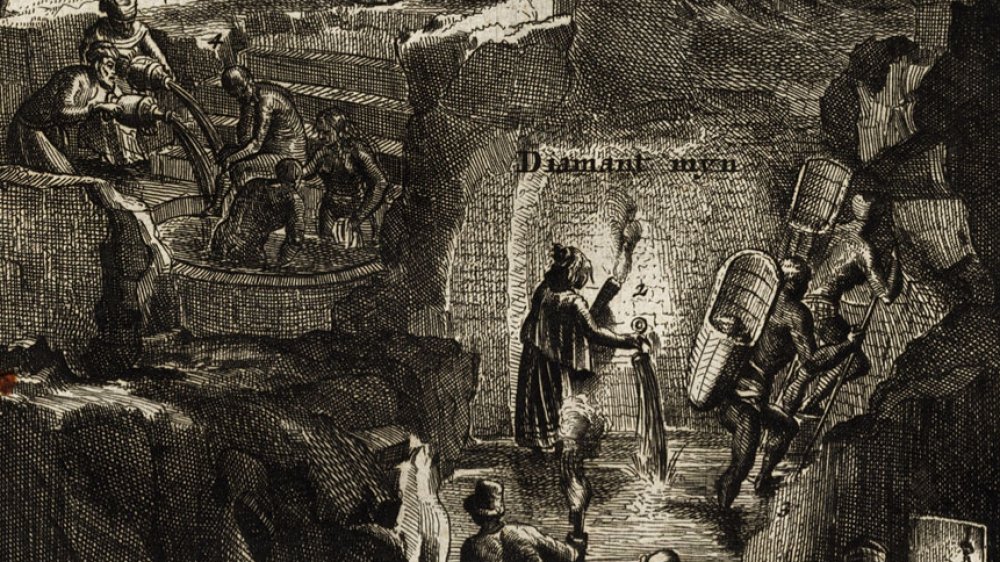
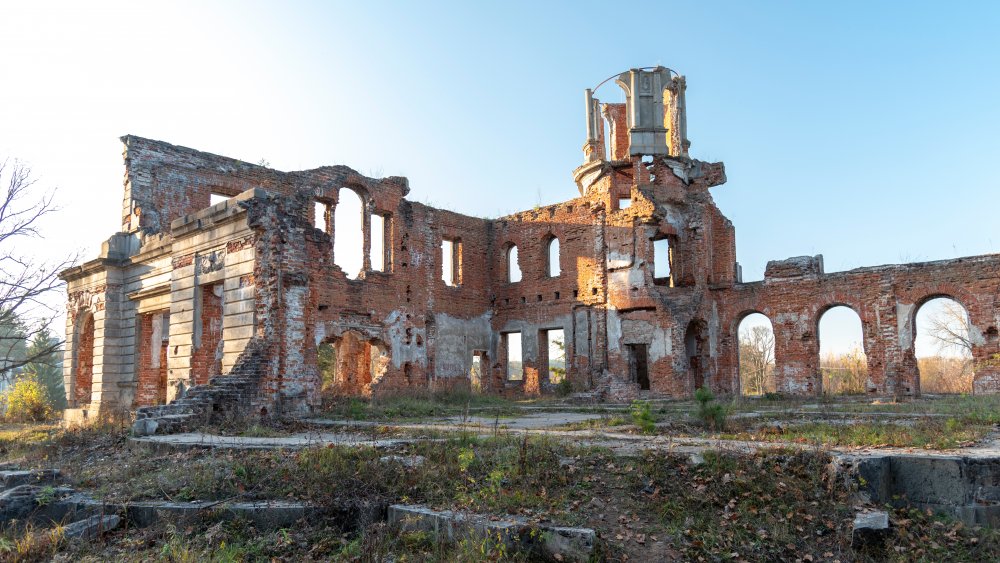
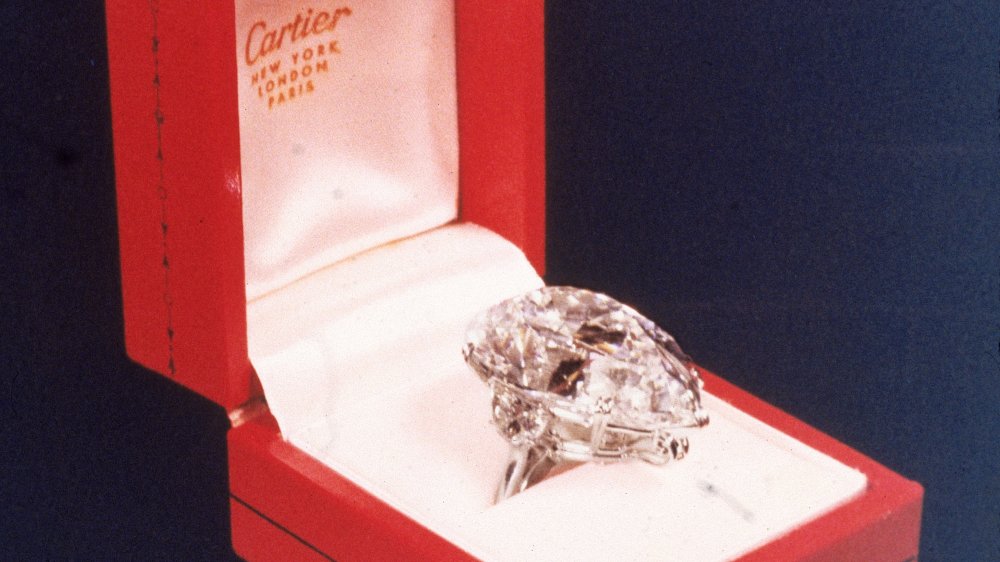
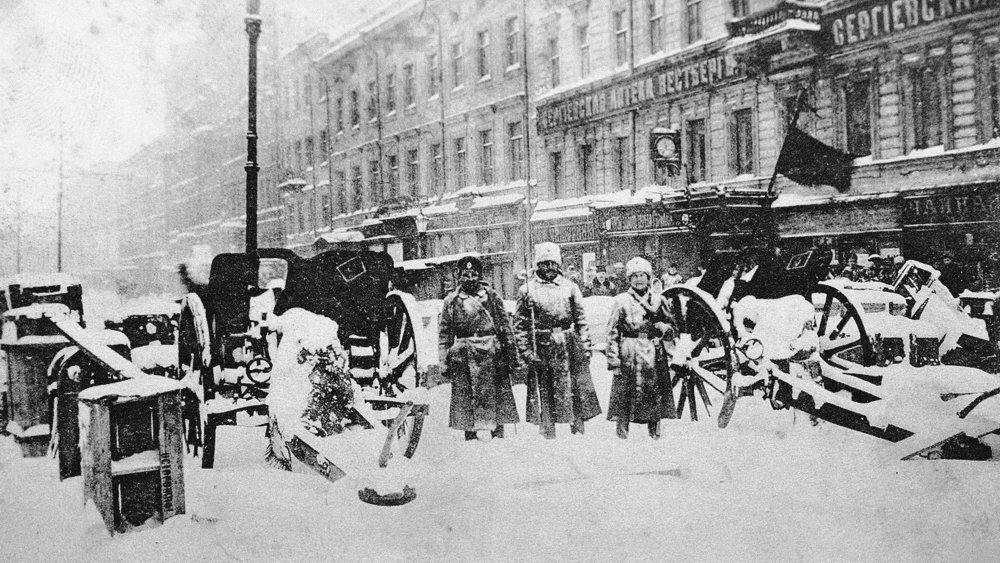
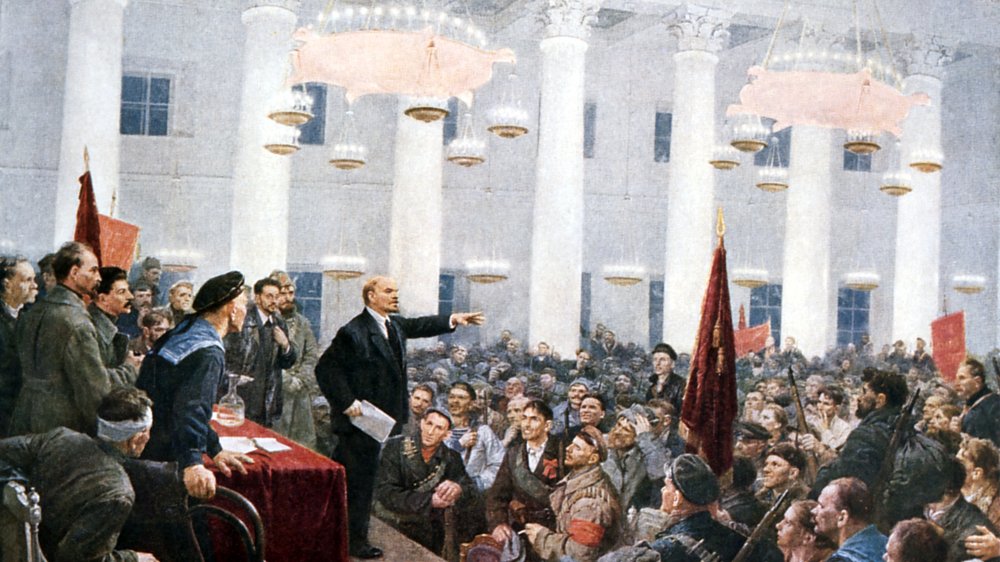
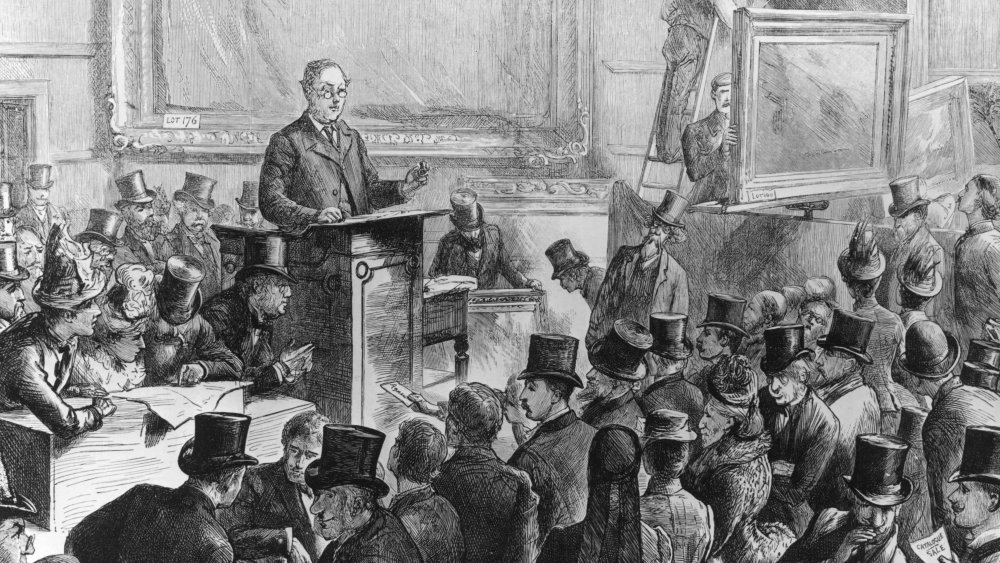
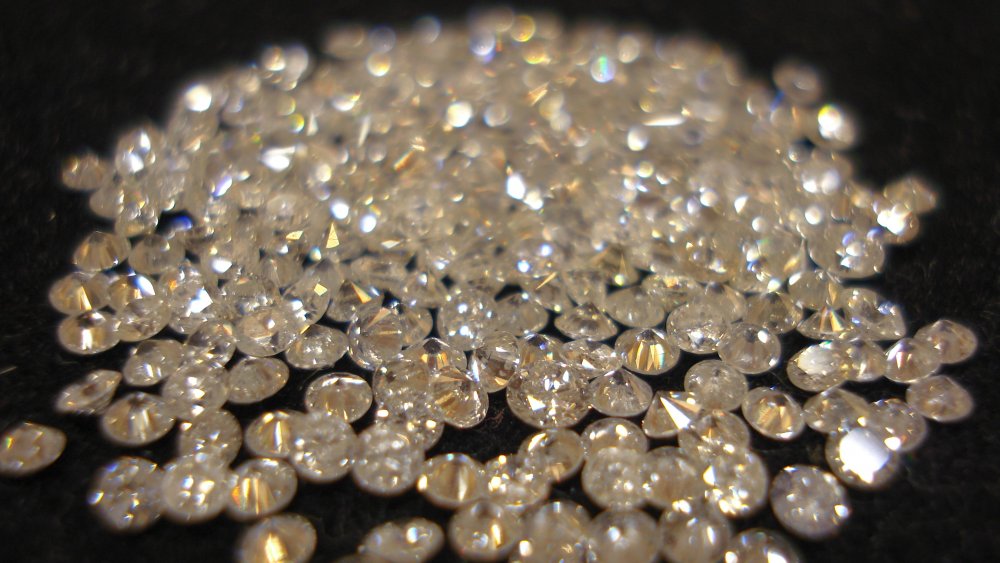
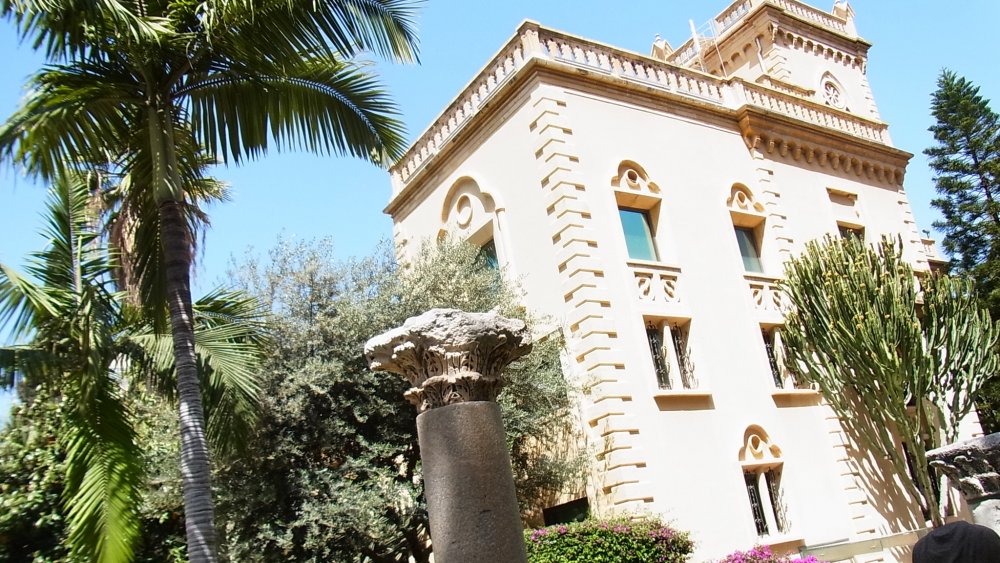

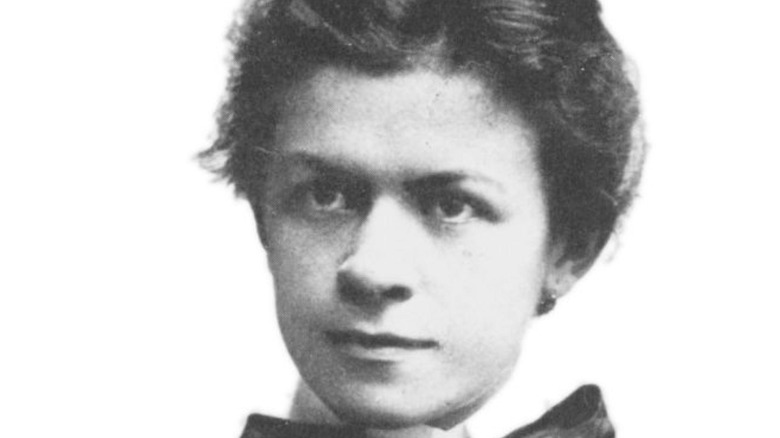
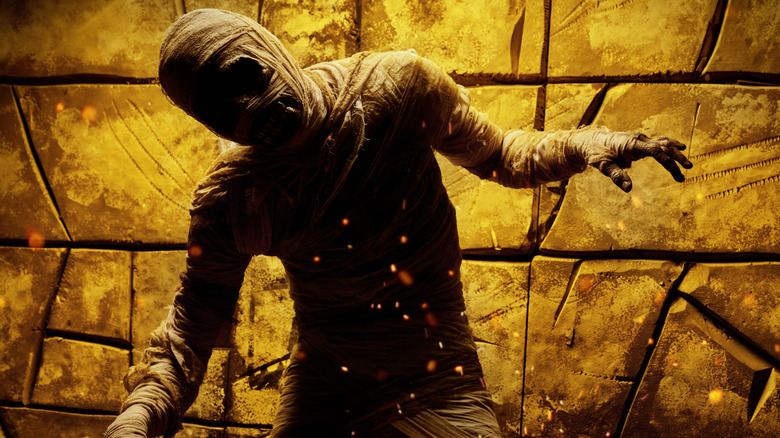

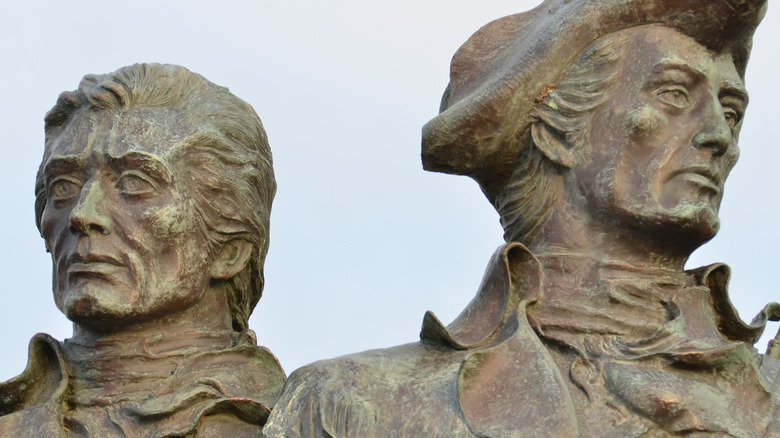
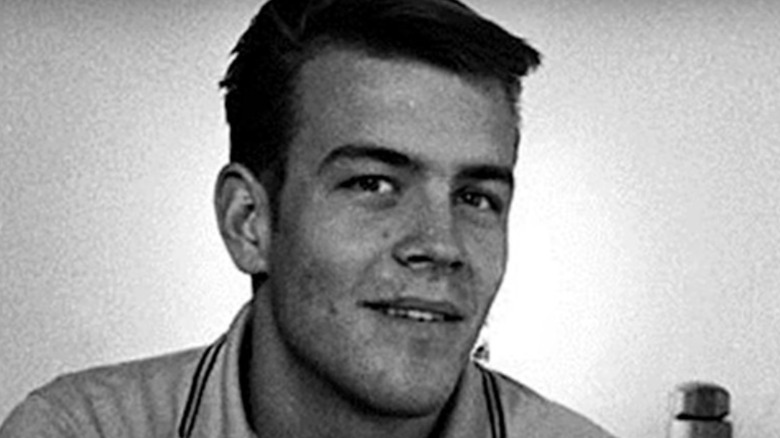

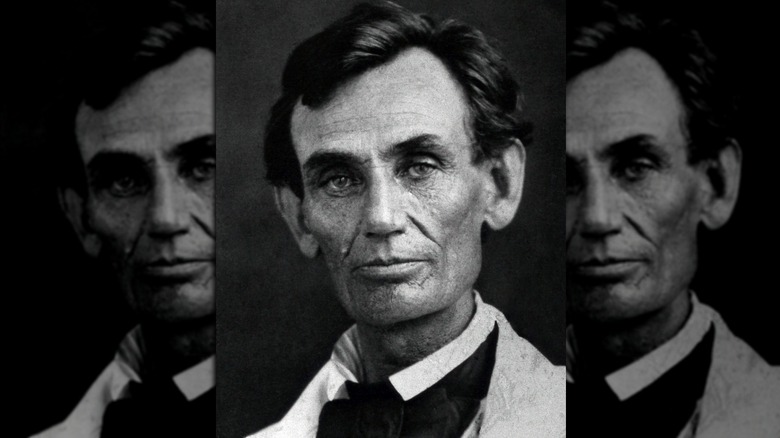



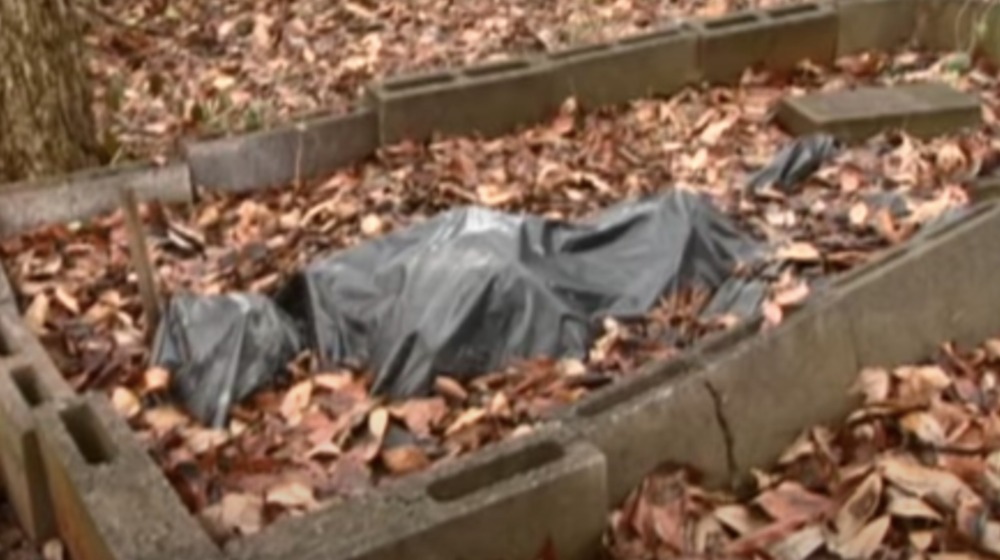
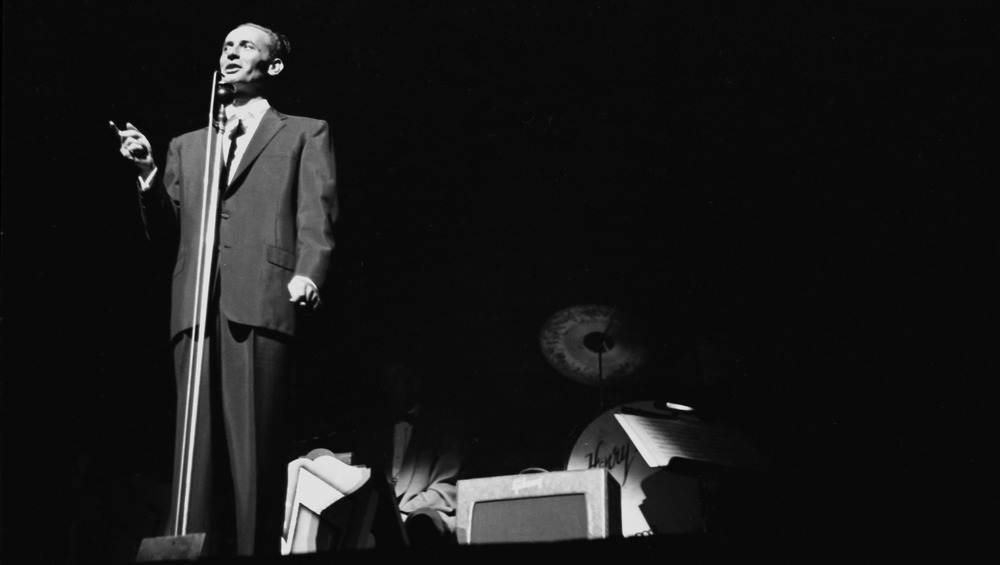
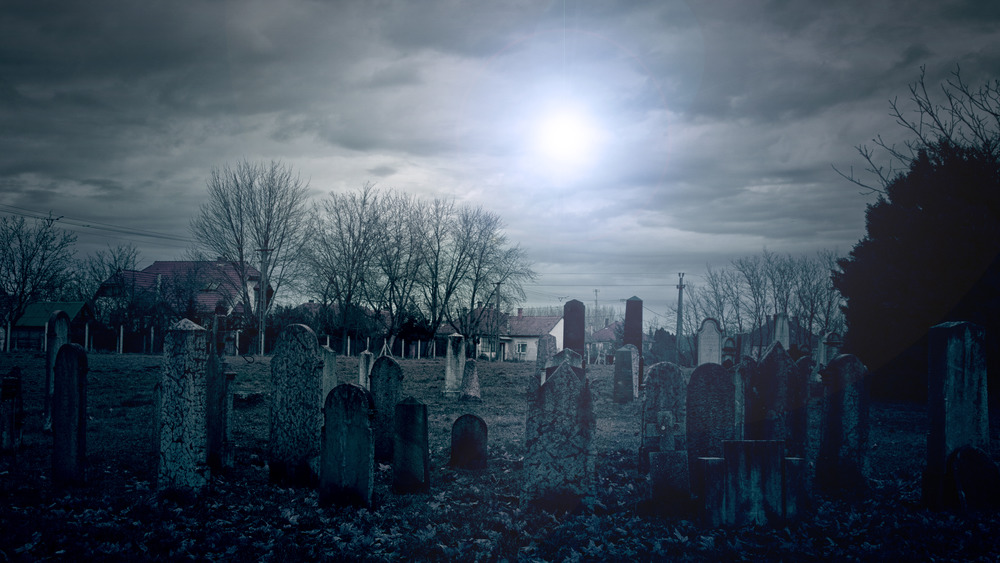

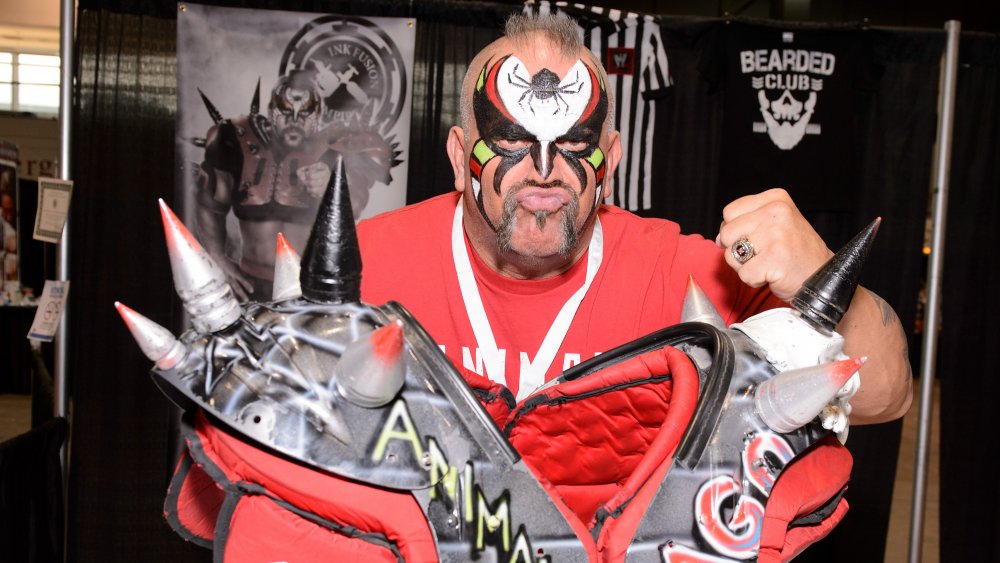







I like tis title.